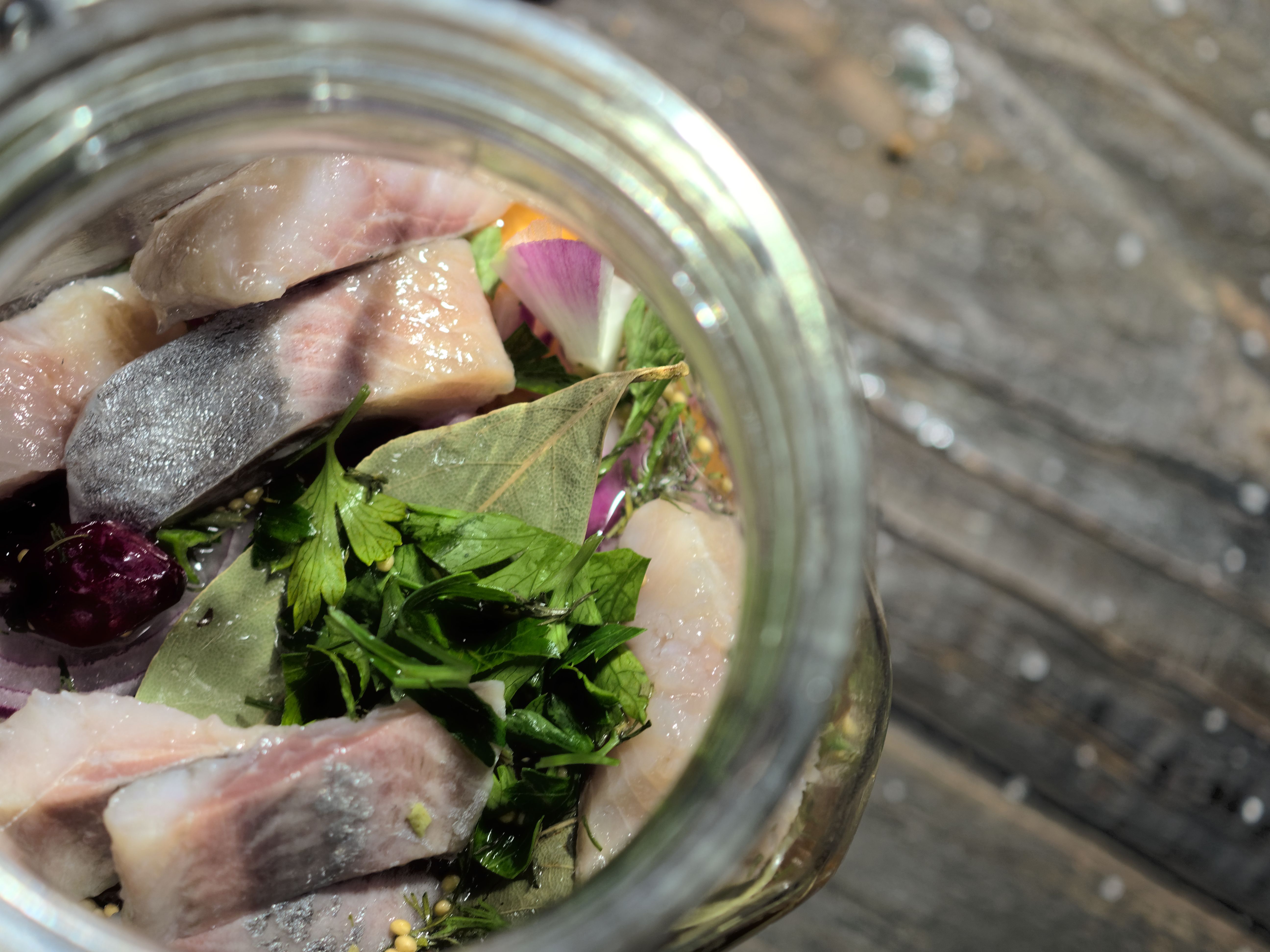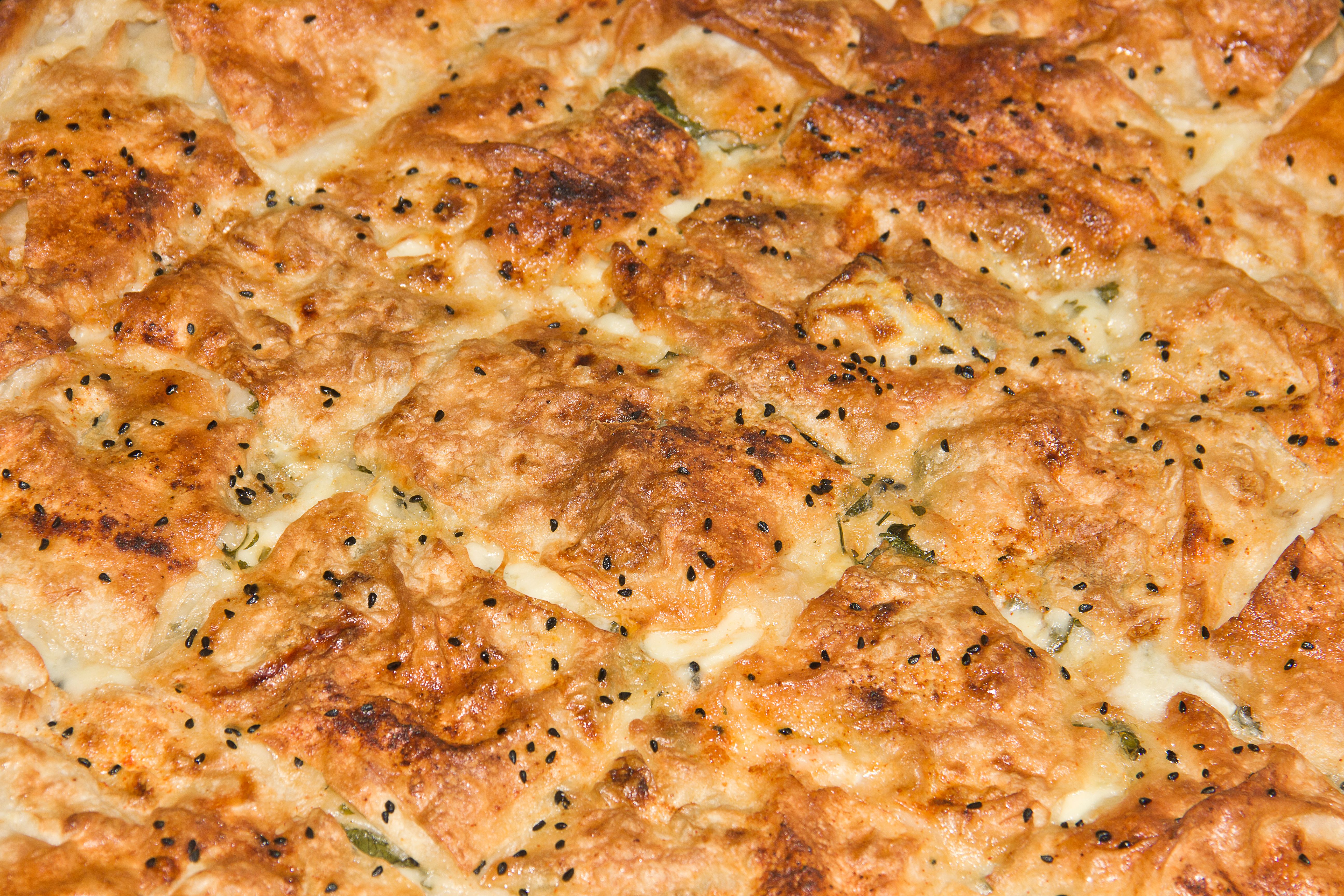Surströmming: Exploring Sweden's Bold Fermented Herring
Introduction to Surströmming
Surströmming, a traditional Swedish delicacy, is renowned for its bold flavor and distinctive aroma. This fermented herring has been an integral part of Swedish culture for centuries, often sparking curiosity and debate among food enthusiasts worldwide. Known for its pungent scent, surströmming is not for the faint-hearted but offers an intriguing culinary adventure for those willing to explore its depths.
Originating from the coastal regions of Sweden, surströmming is typically consumed during the late summer months, often celebrated with dedicated festivals and gatherings. This peculiar dish has a rich history and a preparation method that dates back to the 16th century.

The Fermentation Process
Surströmming is made through a fermentation process that involves salting Baltic herring just enough to prevent it from rotting, allowing natural bacteria to ferment the fish over several months. The fermentation process produces a unique taste and smell, which some describe as tangy and slightly sour.
The fish is packed in cans where it continues to ferment, sometimes causing the container to bulge due to the build-up of gases. This is a normal part of the process and is often seen as a sign of a well-fermented batch. Opening a can of surströmming is an experience in itself, often recommended to be done outdoors due to the strong odor.
How to Enjoy Surströmming
For those brave enough to sample surströmming, there are traditional ways to enjoy this delicacy. Typically, it is served with thin flatbreads called tunnbröd, along with boiled potatoes, onions, and sour cream. The combination of these ingredients helps balance the intense flavor of the fish.

It's crucial to note that surströmming is not eaten alone but rather as part of a flavorful ensemble. The layering of ingredients on the flatbread creates a harmonious blend of textures and tastes that complement the boldness of the herring. Many Swedes enjoy pairing surströmming with cold beer or snaps, which can enhance the overall experience.
Cultural Significance
Surströmming holds a special place in Swedish cultural identity, representing a connection to traditional food preservation methods and regional heritage. For many Swedes, it is a symbol of national pride and is celebrated at annual gatherings known as surströmmingsskivor, where friends and family come together to partake in this unique culinary tradition.

These events are not just about eating but also about storytelling and sharing experiences related to surströmming. They offer an opportunity for Swedes to connect with their roots and introduce this part of their culture to newcomers.
Experiencing Surströmming as a Visitor
For visitors to Sweden, trying surströmming can be both an adventurous and educational experience. It provides insight into Swedish customs and the country's approach to food preservation. Many tourists are drawn to this infamous dish out of curiosity, intrigued by its reputation as one of the world's smelliest foods.
Despite its strong odor, those who try surströmming often find the experience rewarding. It challenges one's palate and offers a story to share long after the taste has faded. As with any cultural delicacy, approaching it with an open mind and respect for local traditions can lead to a memorable culinary journey.
Conclusion
Whether you're a seasoned foodie or someone looking to expand your culinary horizons, surströmming presents an opportunity to engage with Swedish culture in an authentic way. While its bold aroma may be off-putting to some, its rich history and unique preparation make it a fascinating subject of exploration. So next time you find yourself in Sweden during surströmming season, consider embracing this daring delicacy—you might just discover an unexpected appreciation for Sweden's bold fermented herring.
